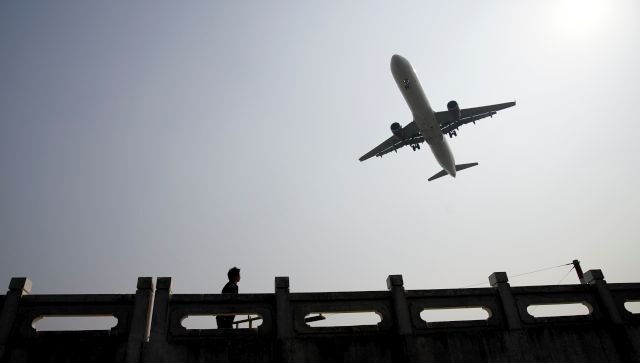In a fiercely price-competitive market, where IndiGo is king, rival SpiceJet has decided to cash in on territories left uncharted by its counterparts in the international as well as domestic skies.
The trick to profitability in international skies is not to follow the beaten path of safe routes but to go for a blue-ocean strategy, developing new markets instead of trying for a share of established markets. Rival low-fare carrier IndiGo has, meanwhile, been expanding flights to Dubai and Southeast Asia from several Indian cities.
Neil Mills, CEO at low-cost carrier SpiceJet, “is banking on innovative alternative routes, which are difficult to set up but where you have at least six months to one year of a head start,” a report in the Business Standard said today . According to Mills, Singapore orKuala Lumpur represents eroded margins, due to cut-throat competition from Day One, because of too many carriers are chasing the same route.
The airline hit bull’s eye by flying thrice a week from Delhi-to war-torn Kabul last month as only three other airlines fly this route. By obtaining the first-mover advantage Mills has managed to cash in on the surging medical tourism and trade traffic between the two countries. This is because being a danger zone, even basic supplies are carried out only through air rather than any other mode of transport. The airline has now sought government nod to fly to 10 new destinations, majority of which are in the former Soviet Union and China. These include places like former Kazakh capital Almaty, Uzbek capital Tashkent and China’s Macau. No Indian carrier flies to the former Soviet republics, while their airlines have started flying to India. Guangzhou and Macau are also not on the network of any other Indian carrier that usually stick to big hubs on international routes despite rising tourist demand.
Guangzhou is China’s third most important city and it’s the manufacturing capital. Perhaps SpiceJet’s first-mover advantage in flying to places that do not have intense competition could pay off as rising demand could lead to rewarding fares.
And Mills wants to experiment with this first-mover advantage in India too by connecting smaller towns and cities with multiple metros and larger cities, where no one flies at the moment. “To do that, he has gambled, by acquiring the 78-seater Bombardier Q400. He already connects 16 destinations, including Jabalpur and Amritsar, as well as Hubli and Tirupati, among others,” the BS report said.
Moreover, the airline has been diligent with fleet deployment. Each route is looked at from the commercial perspective and the airline concentrates on profitable sectors and has pulled out from weaker sectors. It runs a small schedule on the busiest routes because Spice-Jet’s market share and average yield per passenger on this route is low.
Amongst the other new routes announced were Madurai-Colombo, Delhi-Dhaka-Rangoon/Yangon, Delhi-Riyadh, Delhi-Guangzhou, and Trivandrum-Male. Of these, Madurai-Colombo has already been announced with SpiceJet’s Q400 turboprop with service commencing 20 September . The primary ties between Madurai and Colombo are ethnic ones (given the large Tamil population in Sri Lanka), though there are strong business links as well, and as Madurai’s first international service, demand should be strong. Meanwhile, Delhi-Riyadh is a huge market with more than enough room for SpiceJet to enter after full service carrier Kingfisher Airlines withdrew the service.


)




)
)
)
)
)
)
)
)